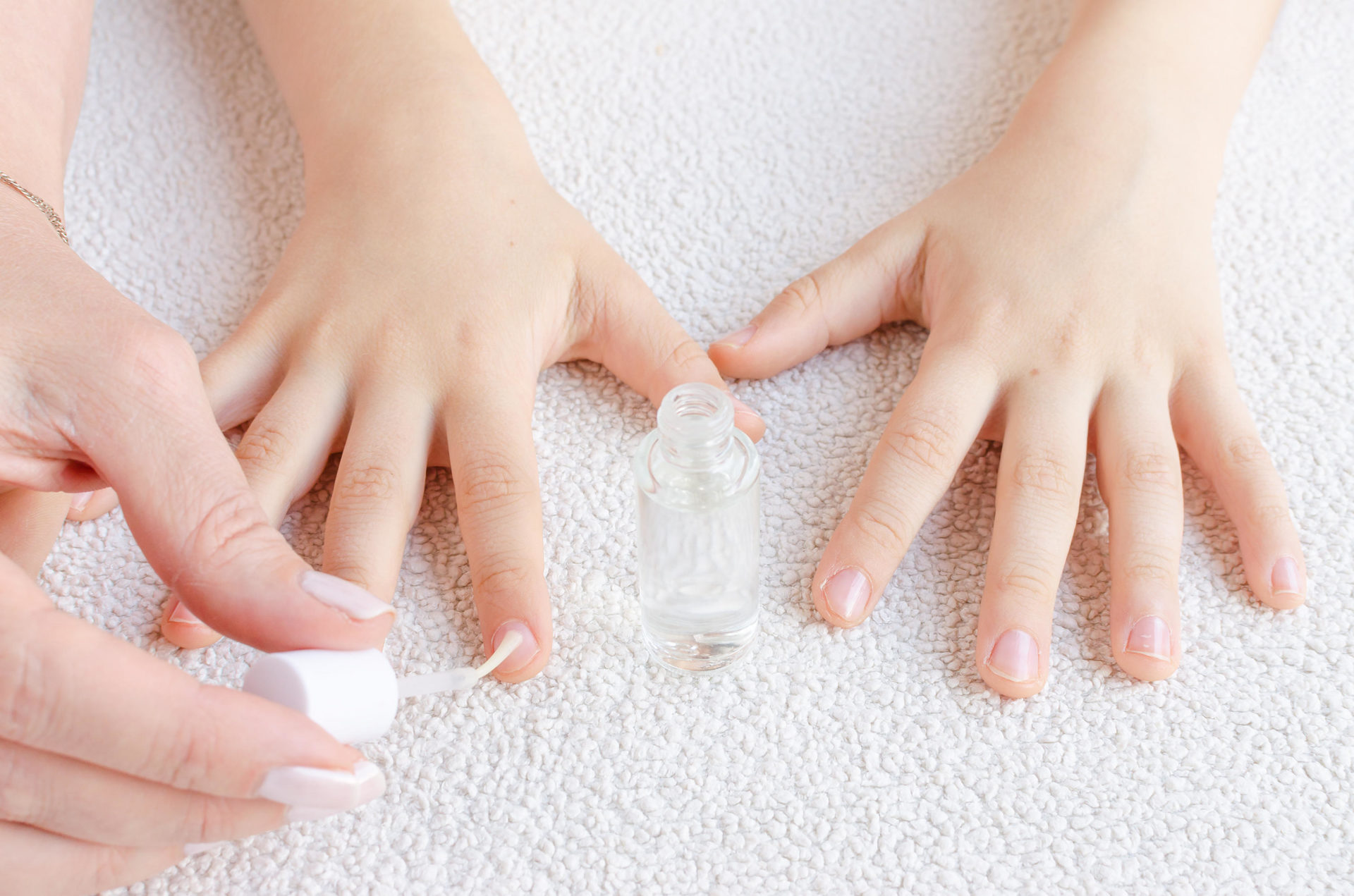What is the best way to stop your child from biting their nails?
On this week’s ‘Parenting’ segment, one mother said she is considering wrapping plasters around her daughter’s fingernails to stop her biting at them.
“I have a five-year-old daughter who's developed a habit of biting her nails,” she told Moncrieff.
“It started a few months ago when she was feeling stressed about school and a big change in our family life – we moved from Dublin to Limerick in October.
“I’ve noticed that her nails have become significantly shorter, there are small red irritated areas around the cuticles.
“When I bring it up, she often seems unaware of it or brushes it off.
“I’ve tried a few things to address it like offering reminders, suggesting alternatives like squeezing a stress ball and I also bought her nail lacquer that leaves a weird taste in her mouth.
“However, none of these seem to be working long-term.
“I’m worried that this habit could be a sign of underlying anxiety or stress and I’m concerned about potential long-term benefits on her nails and overall well-being.
“My husband thinks I should wrap all of her nails with a plater – but then she wouldn’t be able to hold a pencil in school. Any advice?”
 Mother paints her child's nails with special nail polish by chewing finger nails. Image: Maria Melchior / Alamy. 4 September 2019
Mother paints her child's nails with special nail polish by chewing finger nails. Image: Maria Melchior / Alamy. 4 September 2019Family psychotherapist Joanna Fortune advised against the plasters and said that gentle redirection could be a better place to start.
“When you see her biting her nails, you pattern this – she's watching TV, she’s doing homework – these are predictable times that you can give her an alternative,” she said.
“You’re sitting down to watch TV - ‘Hold that in your hand, let me put this in your lap, put your hands on this’ - so that she’s fiddling with the stress squeezy ball that the parent is describing or something like that.
“So, you can do that, otherwise we’re kind of looking at redirection and distraction.”
Positive goals
Joanna said it is better to set positive goals rather than use negative punishments.
“I think I would also respond with nurture rather than the nasty tasting lacquer,” she said.
“I would be taking care of her nails for her, taking care of her hands – so that could be a small little bowl of warm, soapy water, wash the hands, rub in some lotion cuticle oil around those very dry little cuticles that are cut.
“Just taking care, and maybe painting the little bit of nail that’s left and saying to her, ‘If you grow your nails long enough that there’s a little bit of a white on the top, we could go to the salon and get out nails done together, it could be a nice day out’.
“So, a small little incentive. But you’re still painting her nails in the meantime, she doesn’t have to earn that.”
 Sad schoolgirl looks at a book while sitting in class. A math problem in a child at school. Image: Roman Lacheev / Alamy. 21 June 2020
Sad schoolgirl looks at a book while sitting in class. A math problem in a child at school. Image: Roman Lacheev / Alamy. 21 June 2020According to Joanna, it could be worth linking in with the child’s teacher to see if they have noticed signs of stress in the classroom.
“The school might be going, ‘God no, she’s settling really well’ - but we can underestimate how hard our kids work,” she said.
“And then they come home holding all of that tension to us because we’re the safe place, that safe haven where they can fall apart or they can exhale that anxiety.
“So, don’t be upset if you hear that they’re not seeing it at all, it’s just happening at home – that's quite typical.”
Joanna also recommended increasing the child’s sensory time.
Listen back here:
Main image: 9 year-old girl bitting her nails. Image: Phanie - Sipa Press / Alamy. 15 June 2016









